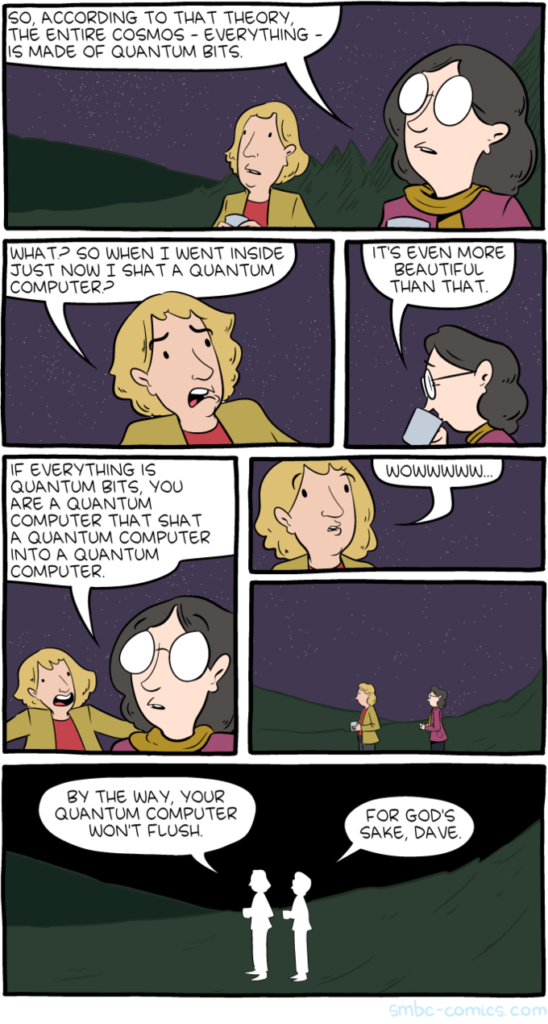Going into this class I thought that the course was going to be taught similarly Professor McClurken’s other classes centered around the history of technology, but I soon realized that the course was turning into a completely new kind of experience. I love how this course utilized various digital tools to provide a new sense of hands-on learning which framed the class just as much a digital studies course as it was a history course. The course also satisfied the hope that I have when walking into any new history class which is how a course will impact the way I approach, research, and understand historical subjects. In the case of this class, it framed how the history of technology is approached through the artifacts themselves and analyzing how multiple variables that got impacted adjusted and evolved to make the world around us today. On top of this approach was the notion of how scholars of technology and digital history are managing to study the era that we grew up in with the rise of social media and smartphones. I absolutely loved the idea that we went from cave painting Pictionary and the basic fundamentals of communication to the potential implications of AI on the horizon which is making history as of this very moment.
I think that my favorite assignment of this semester is the AI generation assignment because the results for the image generation surprised me, and I also think that my classmate’s assignments all had really fascinating results with their respective approaches to it. I think that the AI conversation also was a great call back to the themes of adoption versus anxiety when it comes to the introduction of these new technologies. Another assignment that I enjoyed was the propaganda campaign. Not only did they teach us about what propaganda truly is and how the implementation impacts us, but it was also so cool to see everyone applying themselves in such a multitude of ways. Overall, I think that all of the projects that we worked on this year were pretty creative and entertaining, but anything would beat another research paper.
The class did a wonderful job weaving our current issues and understanding with technology with how they were managed and adapted to technologies of the past. The notion of how these emerging technologies impacting the world of business and the changes that were made in industry, to predicting what artifacts of technology will become obsolete next. One idea that I took away was the idea of remembrance of the past that comes with technological change to the world around me. For example, throughout the course Professor McClurken deconstructed the romanization of the past like watching the same TV schedule. It’s not that the world is better or worse, it is about recognizing and welcoming change which has both good and bad impacts as it always has. I also think the idea of having the class build the course along with our professor is an innovative and effective way to keep the class on the same page while also providing us with a path to apply our own input and creativity. This idea allows us to make this course just as much of an individual experience in tandem with a group experience through our other projects and discussions.



